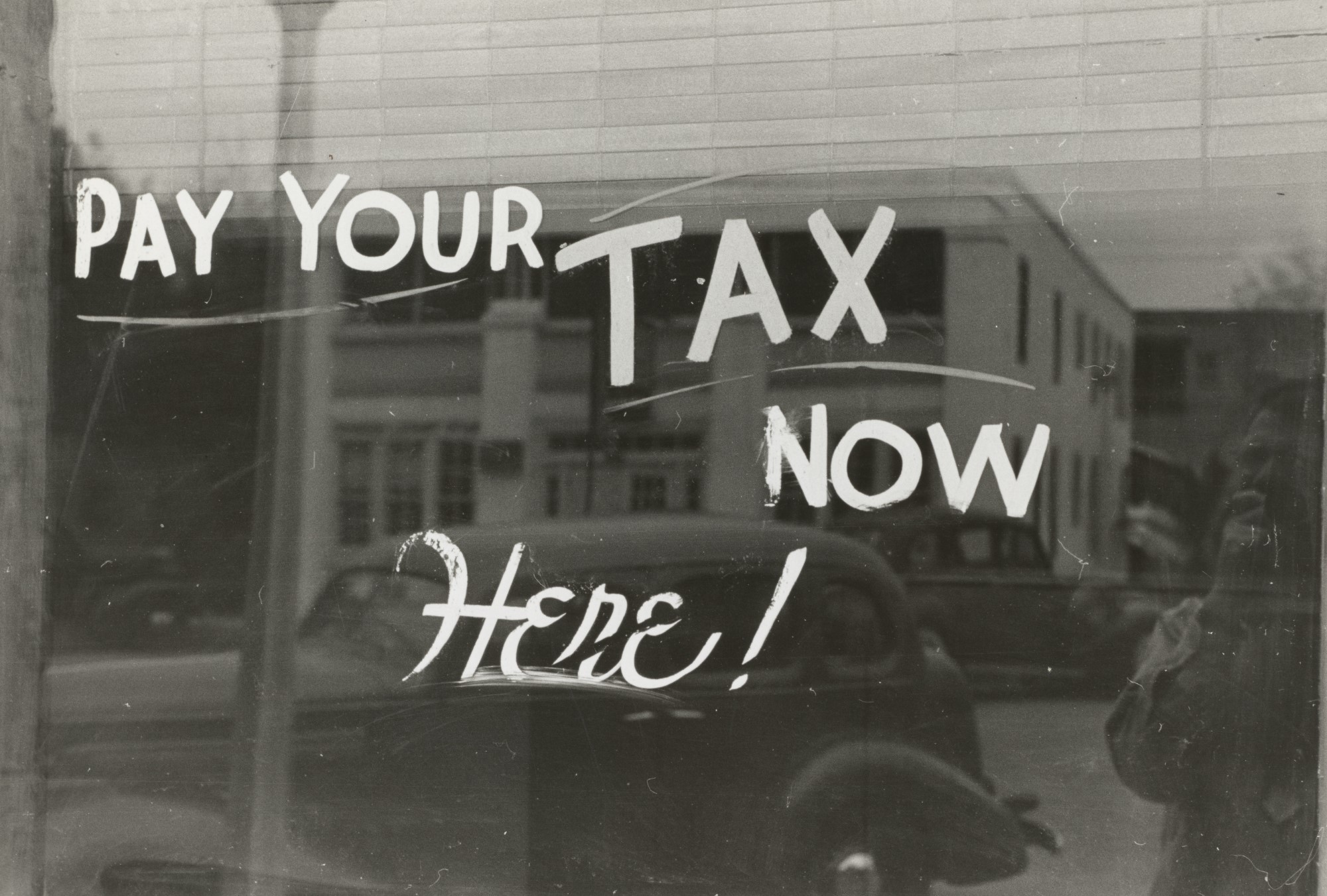By Martin de Bruyn, CFA, CFP®
The answer is yes, so if you don’t have time, you can trust me and stop reading. 😊
I recently read a personal finance article in a Sunday newspaper, where the writer suggested that it may not be worth the paperwork for children as they do not pay any tax in any case. You may therefore just be using up their R500,000 lifetime contribution limit, which they may want to use later on in life.
Well, there are two issues where we have a different view. The first is that the R500,000 will surely increase in the future as inflation erodes this value every year. Then again, the government is and will for a long time to come be desperate for more income tax, so perhaps not, but we think it is a relatively sensible assumption.
The second more important aspect that may have been overlooked is the sneaky tax called “dividend withholding tax”. This is the one that you barely ever see or think about as it is held back by the stockbroker or fund manager and paid over to SARS on the investor’s behalf. Dividend withholding tax is levied at 20% if the investment is held directly as opposed to through a tax-free savings account. This works out to an average annual saving of 0.5% on your capital, which over a 20-year investment horizon is very meaningful. How did I get to 0.5% p.a? I used an investor with a 100% equities fund with an average dividend yield of 2.5% times 20% withholding tax.
For high taxpayers, a tax-free savings account is even more of a “no-brainer”. Shortly after having these thoughts, I came across this article by Sanlam where they illustrate the investment case for tax-free savings accounts very well.
Are the tax benefits worth opening a new account?
The benefit may be small during the first few years, but as the value of the investment grows, it becomes significant.
Let’s take an investor in a 100% equity fund as an example:
An aggressive risk profiled investor chooses a 100% equity fund for her TFSA. Staying within SARS’ contribution limits, she invests R36 000 per tax year for the first 13 years and R32 000 in the 14th year. Because the product is part of her long-term financial plan, she leaves the money in the account for another six years. At the end of 20 years, assuming 4% in dividends every year and 6% in capital growth, her TFSA will be worth R1 954 757 compared to R1 752 256, had she left it in a standard, taxable account where 20% dividends withholding tax was subtracted every year by the administrator. That’s a cumulative tax saving of more than R200 000 over 20 years!
But that’s not where the benefit ends. Should she then withdraw the money after 20 years, no capital gains tax is payable. In the standard, taxable account – assuming she’s in the 45% tax bracket – she would have owed SARS R139 804 in capital gains tax, leaving her with only R1 612 452 in her pocket.
In total, after 20 years, an equity investor’s decision to invest the same amount of money in a TFSA instead of a standard, taxable account has saved her R342 305.
Figure 1: Tax saved by an equity investor in a TFSA

Assumptions: Investor is in the 45% tax bracket | equity fund grows by 10% per year (4% dividends; 6% capital growth)
Source: Sanlam Investments | 1 February 2021
Let’s also take an investor in a 100% money market fund as an example:
A more conservative investor is in the mid-income tax bracket of 36%. He chooses a 100% interest-bearing or money market fund for his TFSA. Staying within SARS’ contribution limits, he invests R36 000 per tax year for the first 13 years and R32 000 in the 14th year. He stays invested in the product for 20 years. At the end of 20 years, assuming 6% in interest every year, his TFSA will be worth R1 131 545 compared to R842 708, had he left it in a standard, taxable account. That leaves him with a third more in his TFSA than what a taxable account would have been worth after-tax on interest earned. (For our calculations we assumed his R23 800 annual interest exemption was used elsewhere in his portfolio.)
Figure 2: Tax saved by a money market investor in a TFSA

Assumptions: Investor is in the 36% tax bracket | fund pays interest of 6% per year | annual exemption of R23 800 is used elsewhere in his portfolio
Source: Sanlam Investments | 1 February 2021
If the investor’s marginal tax rate was 45%, the tax saving would have been even higher.
The short answer is, yes, the significant tax saving is definitely worth the little paperwork to open a tax-free savings account (TFSA).





